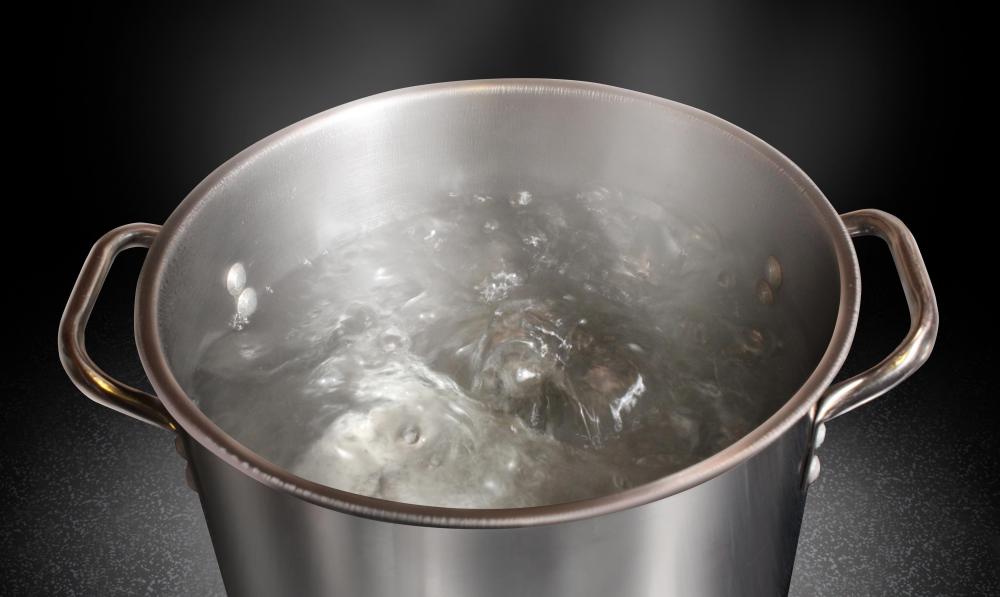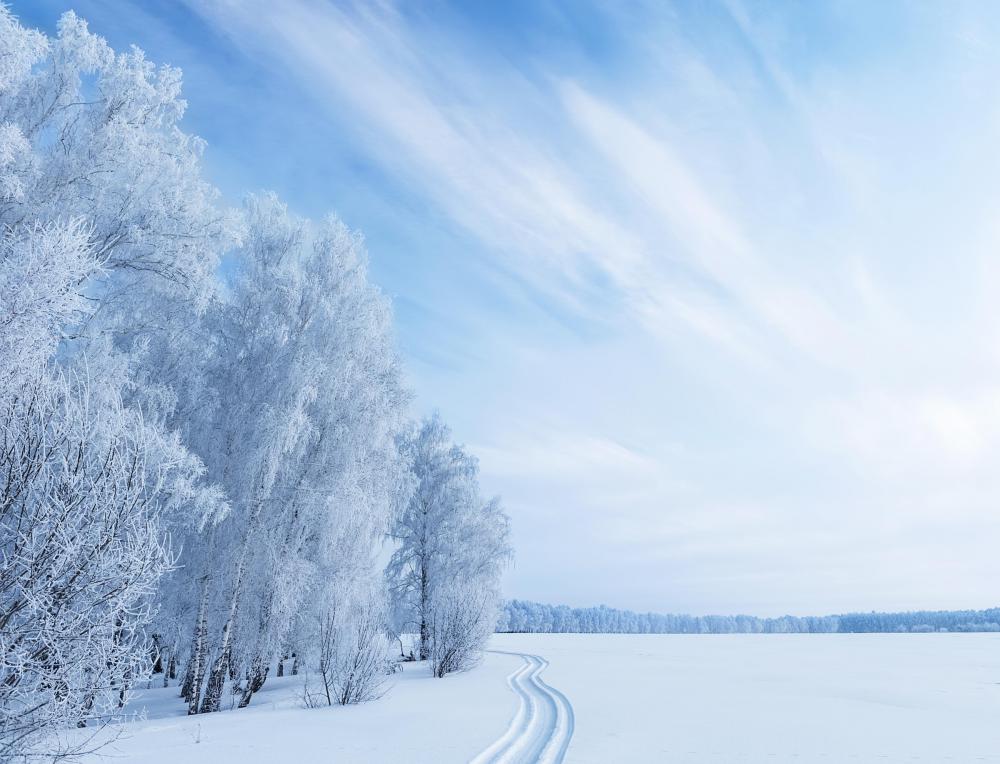At DelightedCooking, we're committed to delivering accurate, trustworthy information. Our expert-authored content is rigorously fact-checked and sourced from credible authorities. Discover how we uphold the highest standards in providing you with reliable knowledge.
What Is Winter Cabbage?
Cabbage is a leafy plant known scientifically as Brassica oleracea, and it is a popular ingredient in soups, stews and side dishes. A whole slew of varieties, cultivars and subtypes exist, making it easy for gardeners to select the type of cabbage that is ideal for their soil type, climate and preferences. "Winter cabbage" is a term that refers to a specific variety of cabbage as well as a group of cabbages that grow during that season.
This vegetable is sometimes referred to as late-season cabbage. These cabbages are planted at the end of summer or the beginning of autumn and are ready for harvest mid-winter. These cabbages are also referred to as overwintering types or storage-variety cabbages. Cold hardy in mild to moderate climates, varieties include Danish ballhead cabbage and blue thunder cabbage. Winter cabbage also can refer to a strongly flavored type called Savoy cabbage.

A winter cabbage garden can include one or many types of late-season varieties. Planting winter cabbage can be done from seed or starter plants, though many nurseries fail to capitalize on cold-weather vegetable starter plants. Growing winter cabbage requires a sunny, well-drained plot. Soil must be loamy and full of rich, organic material. These plants require constant moisture over the course of their growth to produce vibrant, flavorful foliage.

Gardeners can start seeds indoors or outdoors. In cooler climates where the temperature is below 50 degrees Fahrenheit (10 degrees Celsius), indoor starting is ideal to avoid damaging the tiny sprouts. Once the plant is established and growing, starter plants should be placed outdoors to acclimate to the changing temperatures and develop a tolerance and hardiness against wind and cold. Not all winter types need to be babied, though gardeners should use frost cloth to avoid scorching late-season leaf growth.
Winter cabbage is fully grown and ready to harvest by mid-winter. Harvesting is as simple as cutting the head of cabbage at soil-level, severing the leafy growth from the roots. Winter cabbage can be cooked immediately upon harvesting or can be preserved for later use.
Cooking winter cabbage frequently involves boiling it, either alone or with added vegetables or meat. Soups, stews and pudding dishes are popular choices. Many ethnic and regional dishes from Eastern Europe feature the crop heavily. Freezing, blanching and pickling are all valid methods of storage for later culinary use.
AS FEATURED ON:
AS FEATURED ON:












Discuss this Article
Post your comments